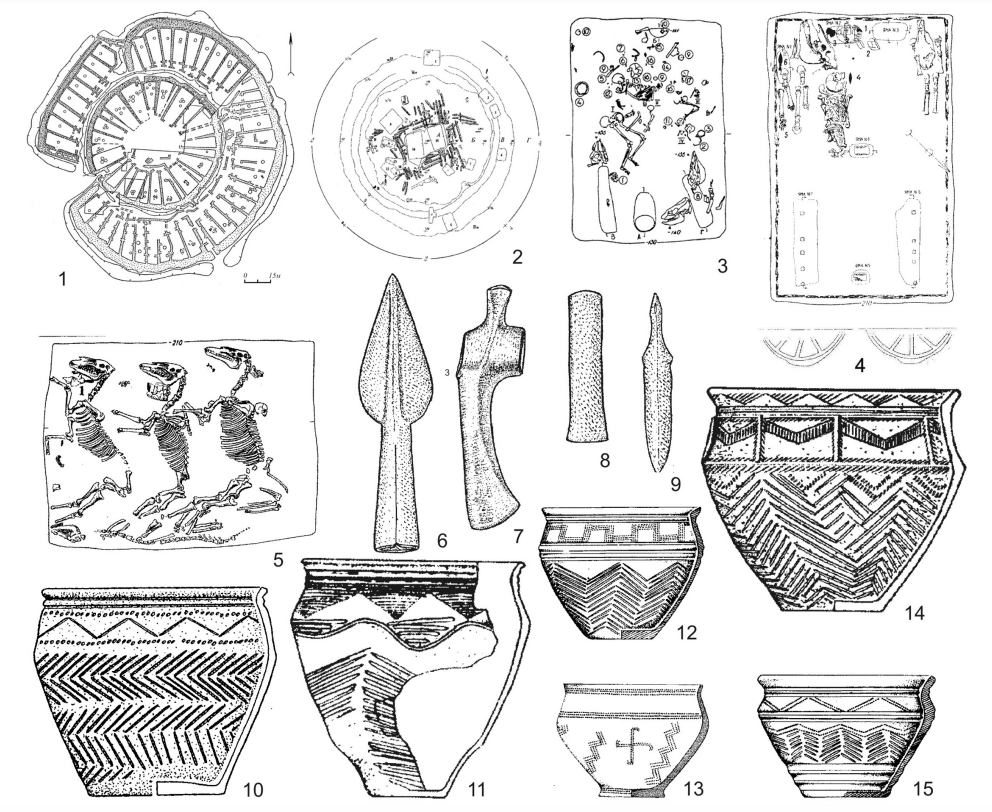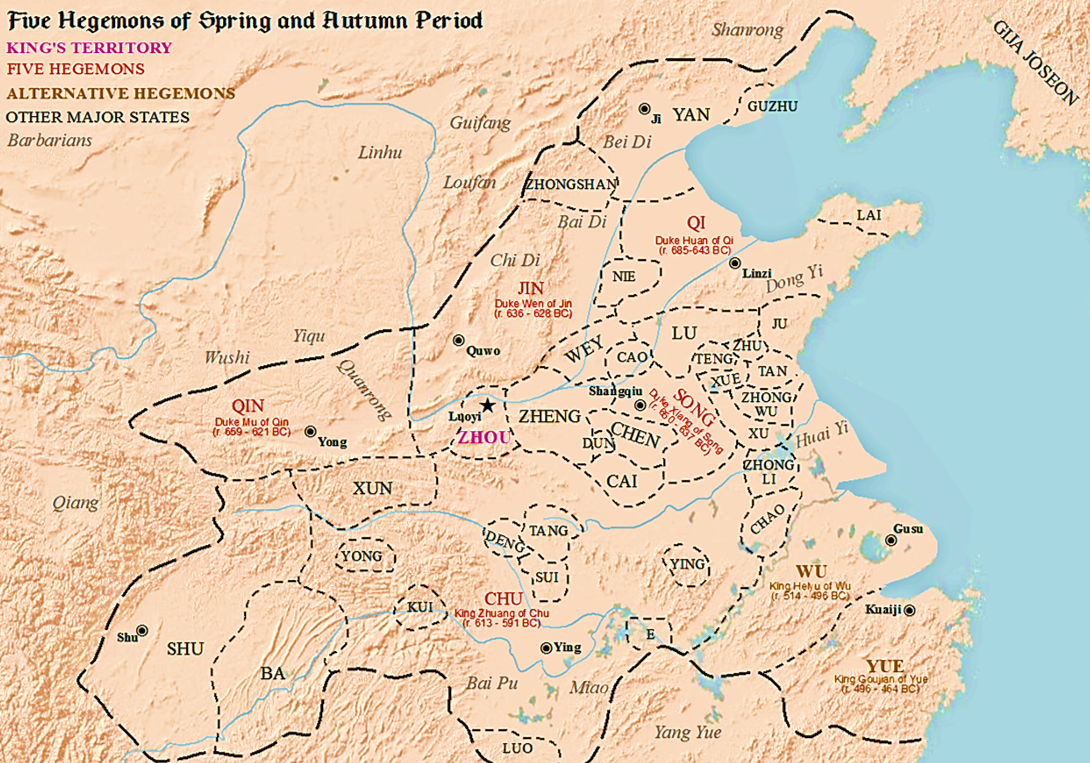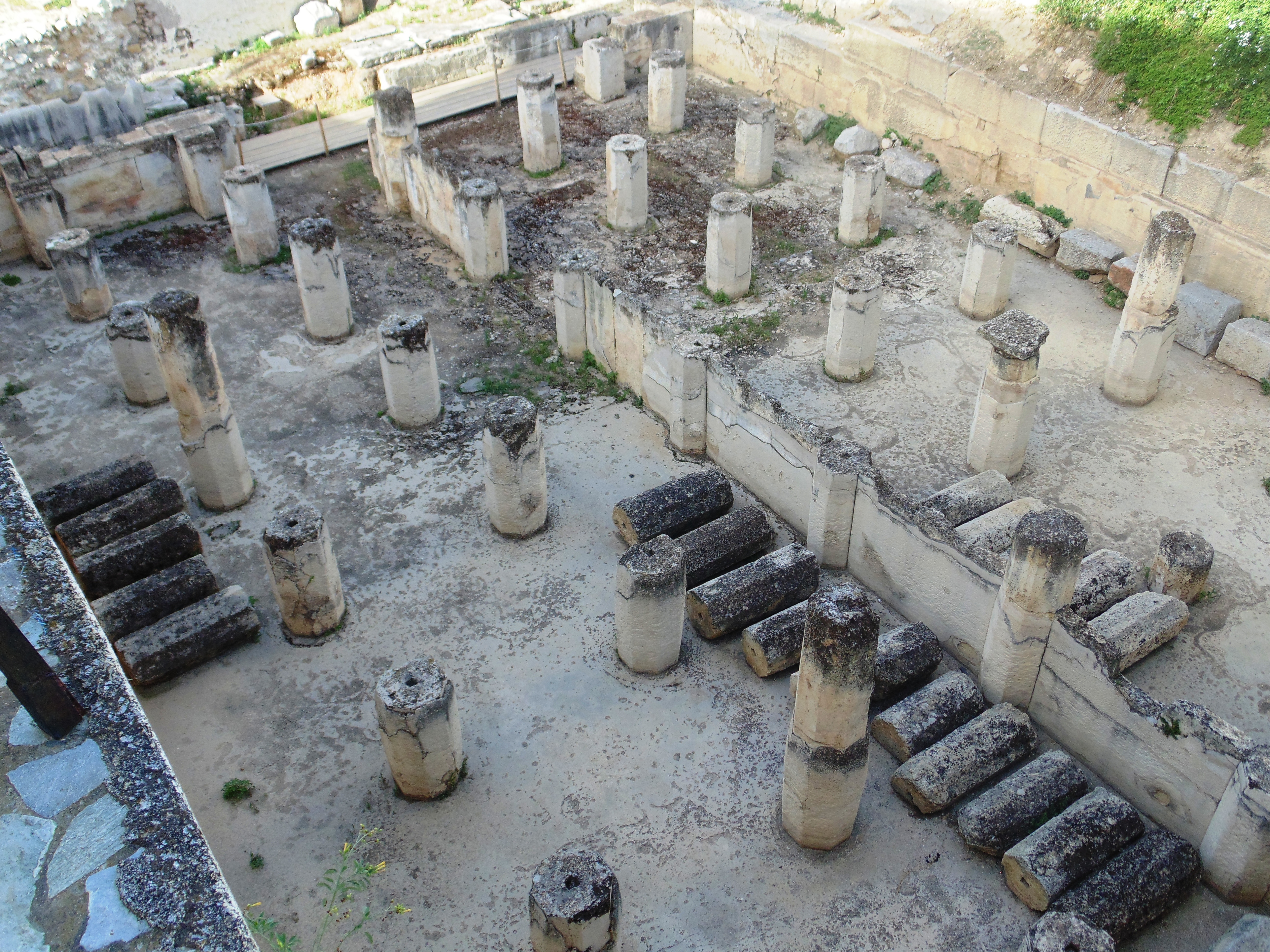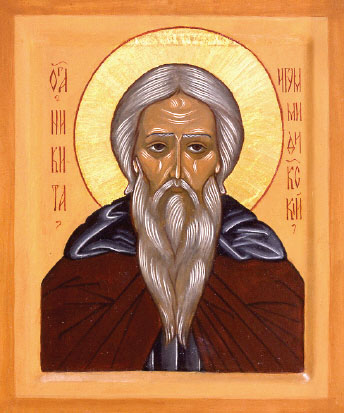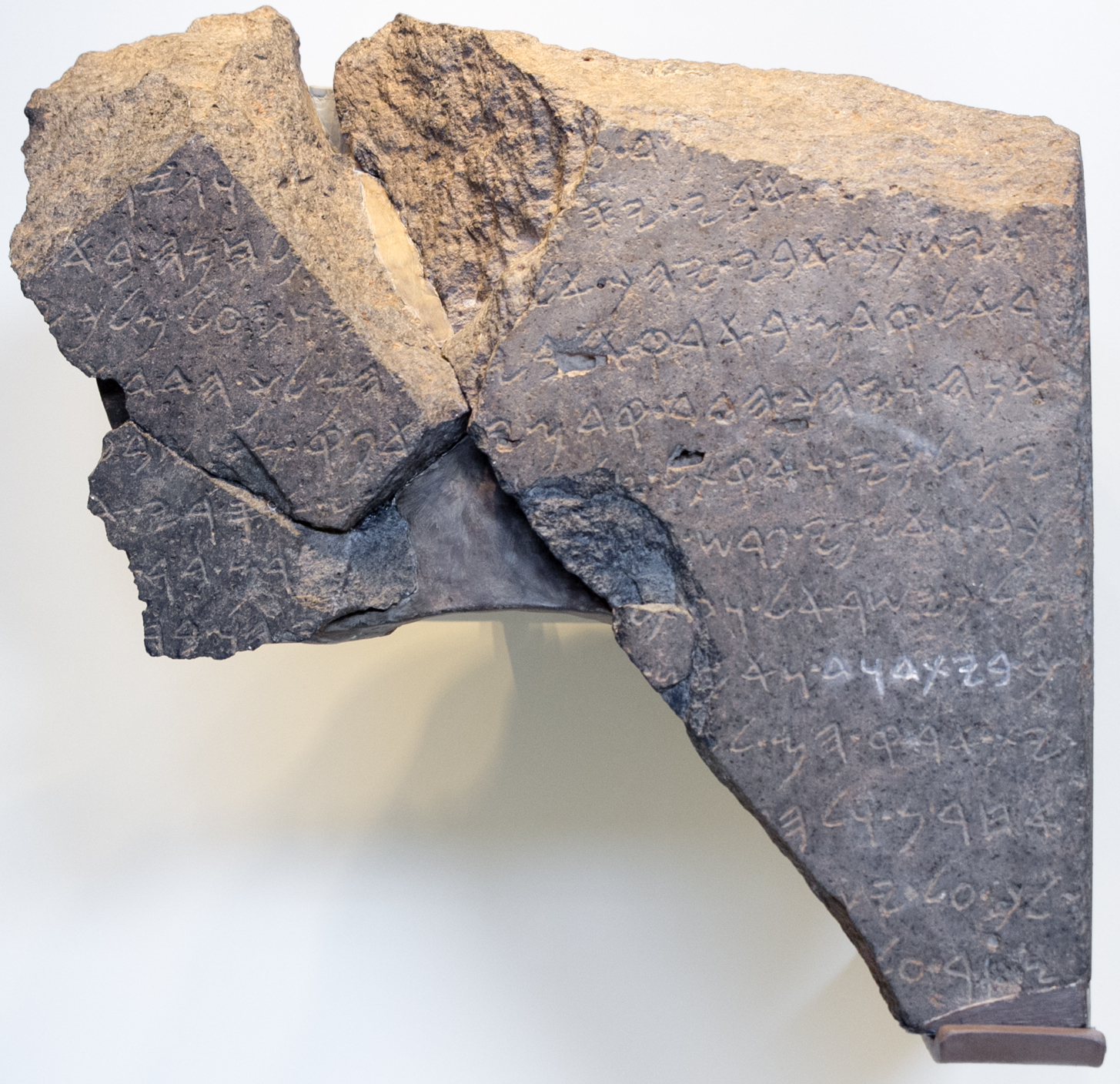|
685 BC
This article concerns the period 689 BC ŌĆō 680 BC. Events and trends * 689 BCŌĆöKing Sennacherib of Assyria sacks Babylon. (or 691 BC) * 688 BCŌĆöTraditional date for the founding of Gela in Sicily by Colonies in antiquity#Greek colonies, colonists from Rhodes and Crete. * 688 BCŌĆöAncient Greece, Greece's games of the 23rd Olympiad are held at Olympia, Greece, Olympia; boxing is added to the Ancient Olympic Games, Olympic Games that are more and more intended as preparation for war. Icarius of Hyperesia wins the stadion race at the 23rd Ancient Olympic Games, Olympic Games.Eusebius of Caesarea, ''Chronicle' * 687 BCŌĆöGyges of Lydia, Gyges becomes king of Lydia. * 687 BCŌĆöHezekiah succeeded by Manasseh of Judah, Manasseh as king of Kingdom of Judah, Judah, either this year or 686 BC, next''The Mysterious Numbers of the Hebrew Kings'', (1st ed.; New York: Macmillan, 1951; 2d ed.; Grand Rapids: Eerdmans, 1965; 3rd ed.; Grand Rapids: Zondervan/Kregel, 1983). , p. 217. or about a d ... [...More Info...] [...Related Items...] OR: [Wikipedia] [Google] [Baidu] |
Chariot Terma Staatliche Antikensammlungen 1452
A chariot is a type of vehicle similar to a cart, driven by a charioteer, usually using horses to provide rapid Propulsion, motive power. The oldest known chariots have been found in burials of the Sintashta culture in modern-day Chelyabinsk Oblast, Russia, dated to c. 1950ŌĆō1880 BC and are depicted on cylinder seals from Central Anatolia Region, Central Anatolia in K├╝ltepe dated to c. 1900 BC. The critical invention that allowed the construction of light, horse-drawn chariots was the spoked wheel. The chariot was a fast, light, open, two-wheeled conveyance drawn by two or more Equidae, equids (usually horses) that were hitched side by side, and was little more than a floor with a waist-high guard at the front and sides. It was initially used for ancient warfare during the Bronze Age, Bronze and Iron Age, Iron Ages, but after its military capabilities had been superseded by Light cavalry, light and Heavy cavalry, heavy cavalries, chariots continued to be used for travel and t ... [...More Info...] [...Related Items...] OR: [Wikipedia] [Google] [Baidu] |
Eusebius Of Caesarea
Eusebius of Caesarea (30 May AD 339), also known as Eusebius Pamphilius, was a historian of Christianity, exegete, and Christian polemicist from the Roman province of Syria Palaestina. In about AD 314 he became the bishop of Caesarea Maritima. Together with Pamphilus, Eusebius was a scholar of the biblical canon and is regarded as one of the most learned Christians during late antiquity. He wrote the ''Demonstrations of the Gospel'', '' Preparations for the Gospel'' and ''On Discrepancies between the Gospels'', studies of the biblical text. His work '' Onomasticon'' is an early geographical lexicon of places in the Holy Land mentioned in the Bible. As "Father of Church History" (not to be confused with the title of Church Father), he produced the ''Ecclesiastical History'', ''On the Life of Pamphilus'', the ''Chronicle'' and ''On the Martyrs''. He also produced a biographical work on Constantine the Great, the first Christian Roman emperor, who was ''Augustus'' between A ... [...More Info...] [...Related Items...] OR: [Wikipedia] [Google] [Baidu] |
Lu (state)
Lu (; 249 BC) was a vassal Ancient Chinese states, state during the Zhou dynasty of History of China#Ancient China, ancient China located around modern Shandong. Founded in the 11th century BC, its rulers were from a cadet branch of the J─½, House of Ji () that ruled the Zhou dynasty. The first duke was Boqin, a son of the Duke of Zhou, who was brother of King Wu of Zhou and regent to King Cheng of Zhou. Lu was the home state of Confucius as well as Mozi, and, as such, has an outsized cultural influence among the states of the Eastern Zhou and in history. The ''Annals of Spring and Autumn'', for instance, was written with the Lu rulers' years as their basis. Another great work of Chinese history, the ''Zuo Zhuan'' or ''Commentary of Zuo'', was traditionally considered to have been written in Lu by Zuo Qiuming. Geography The state's capital was in Qufu and its territory mainly covered the central and southwest regions of what is now Shandong Province. It was borde ... [...More Info...] [...Related Items...] OR: [Wikipedia] [Google] [Baidu] |
Duke Zhuang Of Lu
Duke Zhuang of Lu (; 7 October 706 BC ŌĆō 11 August 662 BC), personal name Ji Tong (Õ¦¼ÕÉī), was a duke of the Lu state during the Spring and Autumn period of Chinese history. Early life Duke Zhuang was a son of Duke Huan of Lu and his main wife Wen Jiang, a daughter of Duke Xi of Qi. His parents were married in 709 BC, and he was born three years later, in 706 BC. After he was born, Duke Huan asked a man named Shen Ru () for a recommendation of a name. Shen Ru suggested that names must not come from important objects, since names would, sooner or later, become taboos. Duke Huan named his newborn son, who shared his birthday, Tong (), meaning "the same." Reign Tong succeeded his father after he was murdered in Qi by the orders of Duke Xiang of Qi in 694 BC. Role in the succession of Qi In 686 BC, Prince Wuzhi of Qi usurped the Qi throne by murdering Duke Xiang of Qi. However, he himself was murdered after a year. This triggered a race to the throne between two of Duke Xia ... [...More Info...] [...Related Items...] OR: [Wikipedia] [Google] [Baidu] |
Spring And Autumn Period
The Spring and Autumn period () was a period in History of China, Chinese history corresponding roughly to the first half of the Eastern Zhou (256 BCE), characterized by the gradual erosion of royal power as local lords nominally subject to the Zhou exercised increasing political autonomy. The period's name derives from the ''Spring and Autumn Annals'', a chronicle of the state of Lu between 722 and 481 BCE, which tradition associates with Confucius (551ŌĆō479 BCE). During this period, local polities negotiated their own alliances, waged wars against one another, up to defying the king's court in Luoyang, Luoyi. The gradual Partition of Jin, one of the most powerful states, is generally considered to mark the end of the Spring and Autumn period and the beginning of the Warring States period. The periodization dates to the late Western Han (). Background In 771 BCE, a Quanrong invasion in coalition with the states of Zeng (state), Zeng and Shen (state), ShenŌĆö ... [...More Info...] [...Related Items...] OR: [Wikipedia] [Google] [Baidu] |
Greece
Greece, officially the Hellenic Republic, is a country in Southeast Europe. Located on the southern tip of the Balkan peninsula, it shares land borders with Albania to the northwest, North Macedonia and Bulgaria to the north, and Turkey to the east. The Aegean Sea lies to the east of the Geography of Greece, mainland, the Ionian Sea to the west, and the Sea of Crete and the Mediterranean Sea to the south. Greece has the longest coastline on the Mediterranean Basin, spanning List of islands of Greece, thousands of islands and nine Geographic regions of Greece, traditional geographic regions. It has a population of over 10 million. Athens is the nation's capital and List of cities and towns in Greece, largest city, followed by Thessaloniki and Patras. Greece is considered the cradle of Western culture, Western civilisation and the birthplace of Athenian democracy, democracy, Western philosophy, Western literature, historiography, political science, major History of science in cl ... [...More Info...] [...Related Items...] OR: [Wikipedia] [Google] [Baidu] |
Megara
Megara (; , ) is a historic town and a municipality in West Attica, Greece. It lies in the northern section of the Isthmus of Corinth opposite the island of Salamis Island, Salamis, which belonged to Megara in archaic times, before being taken by Athens. Megara was one of the four districts of Attica, embodied in the four mythic sons of King Pandion II, of whom Nisos was the ruler of Megara. Megara was also a trade port, its people using their ships and wealth as a way to gain leverage on armies of neighboring poleis. Megara specialized in the exportation of wool and other animal products including livestock such as horses. It possessed two harbors, Pagae to the west on the Corinthian Gulf, and Nisaea to the east on the Saronic Gulf of the Aegean Sea. History Late Bronze Mycenaean period In the Late Bronze Age, Megara features prominently as a small kingdom in the myths and legends of Homer. Megara emerged between two fortified ports, Nisaea on the Saronic Gulf and Pagae on the ... [...More Info...] [...Related Items...] OR: [Wikipedia] [Google] [Baidu] |
Chalcedon
Chalcedon (; ; sometimes transliterated as ) was an ancient maritime town of Bithynia, in Asia Minor, Turkey. It was located almost directly opposite Byzantium, south of Scutari (modern ├£sk├╝dar) and it is now a district of the city of Istanbul named Kad─▒k├Čy. The name ''Chalcedon'' is a variant of Calchedon, found on all the coins of the town as well as in manuscripts of Herodotus's '' Histories'', Xenophon's '' Hellenica'', Arrian's '' Anabasis'', and other works. Except for the Maiden's Tower, almost no above-ground vestiges of the ancient city survive in Kad─▒k├Čy today; artifacts uncovered at Alt─▒yol and other excavation sites are on display at the Istanbul Archaeological Museum. The site of Chalcedon is located on a small peninsula on the north coast of the Sea of Marmara, near the mouth of the Bosphorus. A stream, called the Chalcis or Chalcedon in antiquity William Smith, LLD, ed. (1854). '' Dictionary of Greek and Roman Geography''"Chalcedon" and now known as ... [...More Info...] [...Related Items...] OR: [Wikipedia] [Google] [Baidu] |
The Mysterious Numbers Of The Hebrew Kings
''The Mysterious Numbers of the Hebrew Kings'' (1951) is a reconstruction of the chronology of the kingdoms of Israel and Judah by Edwin R. Thiele. The book was originally his doctoral dissertation and is widely regarded as the definitive work on the chronology of Hebrew Kings. The book is considered the classic and comprehensive work in reckoning the accession of kings, calendars, and co-regencies, based on biblical and extra-biblical sources. Biblical chronology The chronology of the kings of Israel and Judah rests primarily on a series of reign lengths and cross references within the books of Kings and Chronicles, in which the accession of each king is dated in terms of the reign of his contemporary in either the southern Kingdom of Judah or the northern Kingdom of Israel, and fitting them into the chronology of other ancient civilizations. However, some of the biblical cross references did not seem to match, so that a reign which is said to have lasted for 20 years result ... [...More Info...] [...Related Items...] OR: [Wikipedia] [Google] [Baidu] |
686 BC
This article concerns the period 689 BC ŌĆō 680 BC. Events and trends * 689 BCŌĆöKing Sennacherib of Assyria sacks Babylon. (or 691 BC) * 688 BCŌĆöTraditional date for the founding of Gela in Sicily by colonists from Rhodes and Crete. * 688 BCŌĆöGreece's games of the 23rd Olympiad are held at Olympia; boxing is added to the Olympic Games that are more and more intended as preparation for war. Icarius of Hyperesia wins the stadion race at the 23rd Olympic Games.Eusebius of Caesarea, ''Chronicle' * 687 BCŌĆö Gyges of Lydia, Gyges becomes king of Lydia. * 687 BCŌĆöHezekiah succeeded by Manasseh as king of Judah, either this year or next''The Mysterious Numbers of the Hebrew Kings'', (1st ed.; New York: Macmillan, 1951; 2d ed.; Grand Rapids: Eerdmans, 1965; 3rd ed.; Grand Rapids: Zondervan/Kregel, 1983). , p. 217. or about a decade earlier. * 685 BCŌĆöTraditional date of the foundation of Chalcedon by Megara or when it became a Greek colony. * 684 BCŌĆöSpring and Autumn period: ... [...More Info...] [...Related Items...] OR: [Wikipedia] [Google] [Baidu] |
Kingdom Of Judah
The Kingdom of Judah was an Israelites, Israelite kingdom of the Southern Levant during the Iron Age. Centered in the highlands to the west of the Dead Sea, the kingdom's capital was Jerusalem. It was ruled by the Davidic line for four centuries. Jews are named after Judah, and primarily descend from people who lived in the region. The Hebrew Bible depicts the Kingdom of Judah as one of the two successor states of the Kingdom of Israel (united monarchy), United Kingdom of Israel, a term denoting the united monarchy under biblical kings Saul, David, and Solomon and covering the territory of Judah and Kingdom of Israel (Samaria), Israel. However, during the 1980s, Biblical minimalism, some biblical scholars began to argue that the archaeological evidence for an extensive kingdom before the late 8th century BCE is too weak, and that the methodology used to obtain the evidence is flawed. In the 10th and early 9th centuries BCE, the territory of Judah might have been limited ... [...More Info...] [...Related Items...] OR: [Wikipedia] [Google] [Baidu] |
Manasseh Of Judah
Manasseh (; Hebrew: ''M╔Öna┼Ī┼Ī├®'', "Forgetter"; ''Menas├«'' 'me-na-si-i'' ''Manasses''; ) was the fourteenth king of the Kingdom of Judah. He was the oldest of the sons of Hezekiah and Hephzibah (). He became king at the age of 12 and reigned for 55 years (; ). Biblical account The Hebrew Bible documents Manasseh in and . He is also mentioned in Jeremiah 15:4, where the prophet Jeremiah predicts "four forms of destruction" for the people of Judah because of the evil done by Manasseh in Judah. Manasseh was the first king of Judah who was not contemporary with the northern kingdom of Israel, which the Assyrians had destroyed 720 BC, deporting much of its population. He re-instituted polytheistic worship and reversed the religious changes made by his father Hezekiah ŌĆō hence his condemnation in several biblical verses. He married Meshullemeth, daughter of Haruz of Jotbah, and they had a son Amon, who succeeded him as king of Judah upon his death. Hezekiah, Manass ... [...More Info...] [...Related Items...] OR: [Wikipedia] [Google] [Baidu] |

